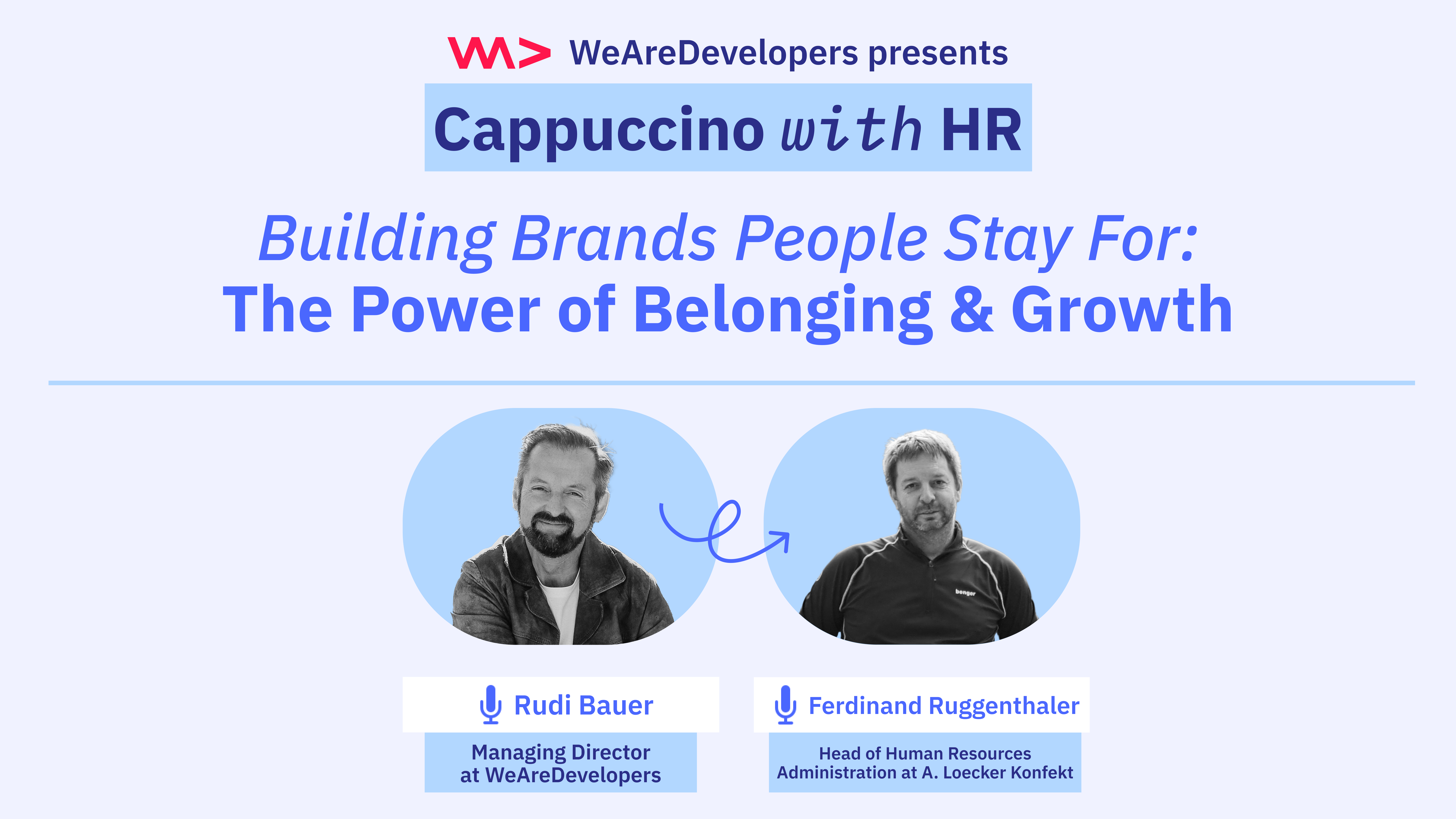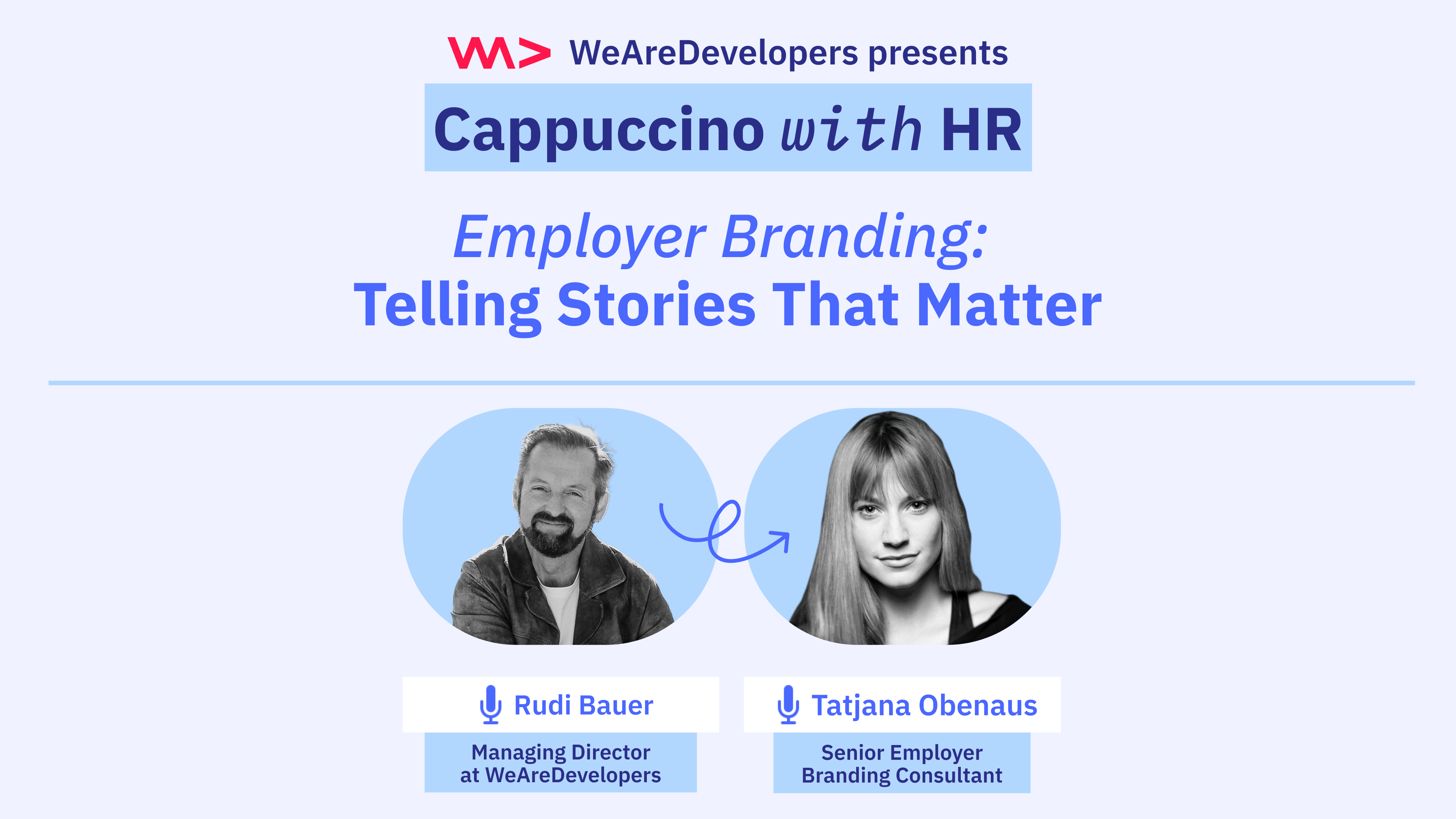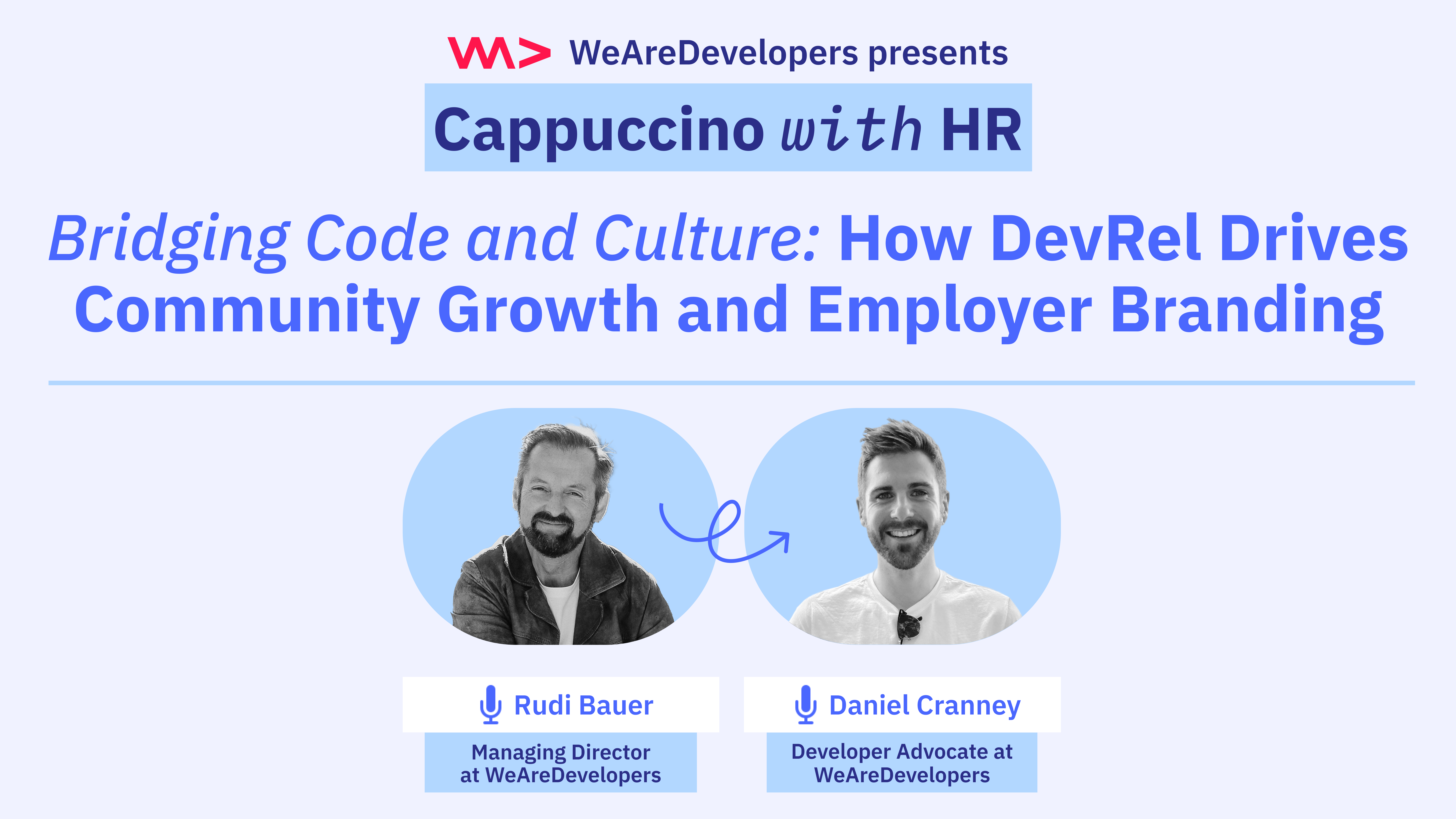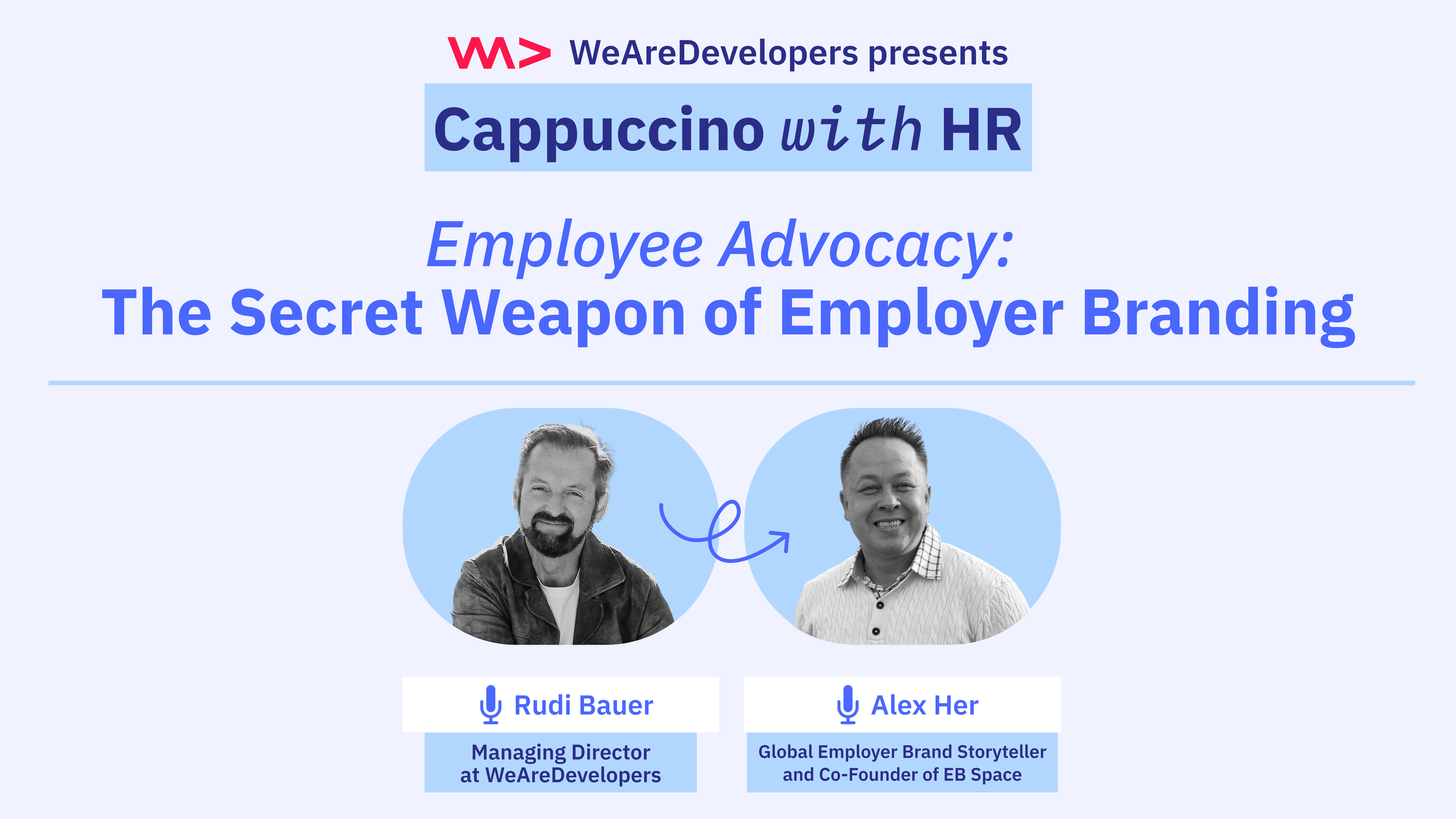No matter where you are on the employer branding journey, every step is an achievement. Let’s explore four key personas, practical next moves, and helpful resources from WeAreDevelopers to guide you forward.
Starter A: You're just getting started

You’re at the very beginning of your employer branding adventure. Perhaps your team has recognized the importance of employer branding, but there’s no documented strategy yet. Ideas exist, and there’s tremendous potential ahead.
Typical traits of Starter A:
- No formal employer branding strategy yet
- Low visibility among tech talent
- Not actively sharing cultural content
- Curious about where to begin
Next steps for Starter A:
- Define your WHY. Why do you want an employer brand? Is it purely for hiring, or also to build reputation, trust, loyalty, and community connections?
- Start small but stay consistent. Even occasional LinkedIn posts about company culture or team stories can lay a strong foundation.
- Educate yourself. Learn the basics of employer branding so you know what’s possible and what best fits your organization.
Recommended Listen: Building Brands People Stay For: The Power of Belonging & Growth
Employer branding isn’t just about attracting talent; it’s crucial for retention. Perfect for professionals in the Starter phase, this episode of Cappuccino with HR features Rudi Bauer in conversation with Ferdinand Ruggenthaler, Head of HR Administration at A. Loecker Konfekt.
They explore why employer branding is crucial for companies to retain top talent, emphasizing the importance of honesty and fostering a sense of belonging to build loyalty. The discussion covers how leadership significantly shapes employee engagement, as well as early warning signs that someone might be preparing to leave. They also highlight the financial impact of attrition.

Builder B: You're actively working on it

You’ve taken significant first steps. Perhaps you’ve built a career page, share some LinkedIn updates, or started experimenting with blog content. Now, you’re exploring how to evolve these efforts into a more strategic, long-term approach.
Typical traits of Builder B:
- Early activities exist but aren’t yet strategic
- Visibility is growing, but inconsistently
- Some cultural content being shared
- Curious about building consistency and clarity
Next steps for Builder B:
- Map your candidate journey. Identify every touchpoint a developer has with your company and optimize each for clarity and authenticity.
- Create basic brand guidelines. Even a simple document defining your voice, visual style, and messaging can unify your efforts.
- Measure initial results. Start tracking engagement metrics (likes, shares, website visits) to learn what resonates with tech talent.
Recommended Listen: Employer Branding: Telling Stories That Matter in Employer Branding
Ideal for professionals in the Builder phase, this episode demystifies employer branding fundamentals and equips you to spark meaningful internal conversations.
Rudi Bauer chats with Tatjana Obenaus, Senior Employer Branding Consultant (Ex-Booking.com, Ex-Miro, Ex-Nike), about how authentic storytelling shapes brand perception—from crafting tailored narratives for diverse audiences to leveraging AI in content creation.
They discuss avoiding generic messaging, ensuring stories resonate, the importance of transparency during crises, and how internal storytelling boosts retention and engagement.

Bridge strategy and authenticity in employer branding
Shaper C: Employer Branding is part of who you are

At this stage, you’ve developed a clear employer branding strategy. You’re consistently communicating who you are as an employer, and your message is beginning to shine. You’re thoughtfully positioning your brand and becoming more visible.
Typical traits of Shaper C:
- Documented employer brand strategy
- Consistent cultural and employer content
- Active presence on social media and potentially at events
- Beginning to engage in thought leadership
Next steps for Shaper C:
- Expand into community engagement. Host events, webinars, or join developer meetups to connect directly with talent.
- Leverage employee stories. Create advocacy programs that empower employees to share authentic insights about working at your company.
- Go beyond recruitment. Establish your brand as a voice in the developer community by publishing thought leadership or sharing your team’s tech learnings.
Recommended Listen: Bridging Code and Culture: How DevRel Drives Community Growth and Employer Branding
In this episode Rudi Bauer talks with Daniel Cranney, Developer Advocate at WeAreDevelopers, about how DevRel supports employer branding, builds authentic communities, and helps companies connect meaningfully with tech talent.
From getting started in DevRel to navigating team challenges, Daniel offers insights on turning developer engagement into a strategic HR asset.

Grow your brand in communities
Magnet D: Top talent comes to you

This is the stage where employer branding is fully embedded into your corporate strategy. Your brand is recognized and respected within the tech community, and you attract top talent proactively. You’re not just known, you’re sought after.
Typical traits of Magnet D:
- Fully documented and integrated employer branding strategy
- High visibility in online and offline communities
- Active thought leadership and community building
- Employee advocacy is part of your brand DNA
- Clear KPIs to measure employer branding success
Next steps for Magnet D:
- Innovate continuously. Even leading brands can’t stand still. Experiment with new content formats, channels, and community-building ideas.
- Personalize the candidate experience. Tailor experiences for specific talent segments to deepen connections with high-value candidates.
- Benchmark globally. Compare your brand against global players to keep evolving and remain competitive.
Recommended Listen: Employee Advocacy: The Secret Weapon of Employer Branding
A perfect deep dive for brands ready to take advocacy from good to great. In this advanced episode, Rudi Bauer chats with Alex Her, Global Employer Brand Storyteller and Co-Founder of EB Space. Together, they explore how companies build strong, authentic employer brands, align them with employee experiences, and turn team members into passionate ambassadors.
Expect actionable insights on fostering genuine advocacy, avoiding generic messaging, and creating stories that resonate both internally and externally.

Turn your team into your biggest ambassadors
No Level is “Better”, Just Different
Remember: these levels aren’t about “good” or “bad.” Each represents a meaningful achievement. A Starter is bravely beginning the journey, while a Magnet continues to innovate after achieving recognition. The real magic lies in taking the next step that’s right for your organization—one true to your culture, resources, and goals.
At WeAreDevelopers, we’re here to support you at every stage. Explore our resources, join our community, and let’s build employer brands that developers love.
.png)
.png)

